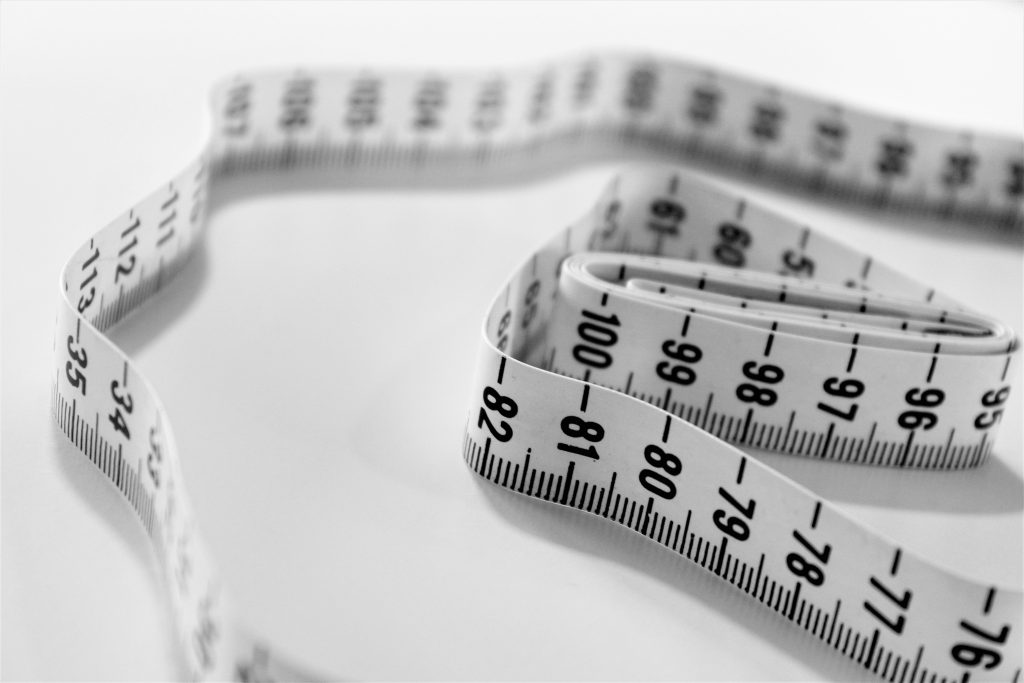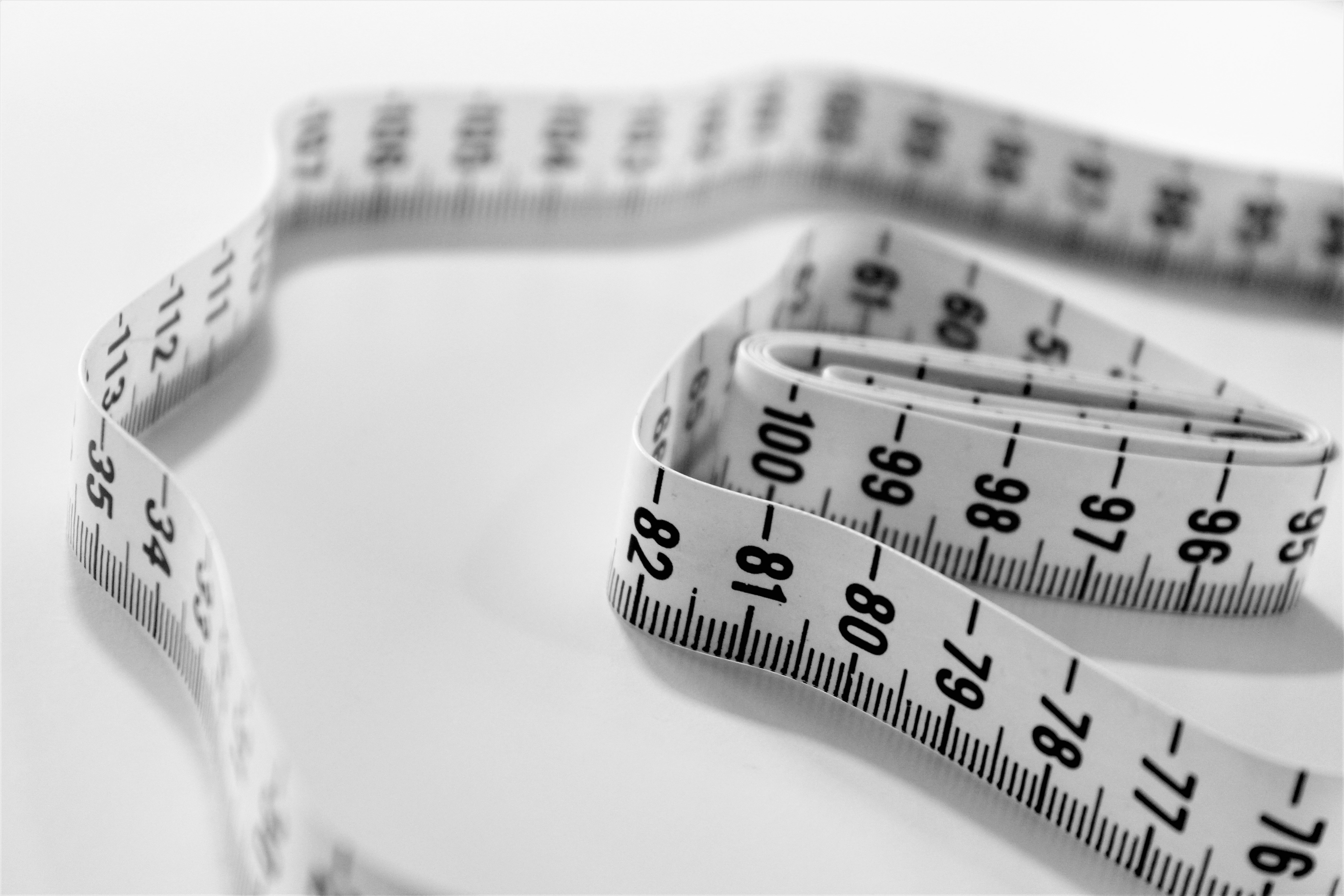
Photo by Siora Photography on Unsplash
We’ve all heard about people who manage to lose weight, but how often do they maintain the new weight? Dieting is easy initially because you’re full of enthusiasm and can draw on willpower for the energy required in the first few weeks. Willpower is a finite commodity though and isn’t enough on its own. Willpower is also an energy-intensive resource, and needs to be fed. If you are relying on willpower alone to get you through the first few weeks, you need to feed that power by sleeping fully, keeping the mind busy with constructive pursuits and staying active.
Early promise…
Initially, we tend to see results because often the body dumps a load of water, rewarding us with a few pounds off the scales. Despite the fact that it’s fat, not water, that we want to lose, it’s motivating to see that dial go down on the scales. Usually with a bit of effort more weight can be lost, but after a while, it all starts to feel like hard work. Sound familiar? The truth is, weight loss is tough, and requires a lot more than will power or trying really hard.
Your home could be sabotaging you
The way we set up our homes has a strong influence on our ability to maintain our weight or sustain weight loss. Your environment is the single most important factor in determining success. If you let me into your home, I can predict whether you’ll be able to hit your weight goals and then maintain them. How you set up your home, in particular your kitchen, will determine your success. Here’s how.
Slim by Design
I’ve taken some of these ideas from a book I’ve just read called ‘Slim by Design’ by Brian Wansink. Here are just a few recommendations Brian and his team have made following years of research into weight management.
How to set up your kitchen:
- Eat from plates that contrast the colour of your food so you can see how much you’ve loaded on.
- Don’t keep an empty kitchen; you’ll end up ordering out or buying junk food from the local store.
- Keep the good stuff in your fridge at the front and at eye level – Brian and his team found that you are 11% more likely to consume the first thing you see rather than the third.
- Eat from smaller bowls and serve yourself from smaller spoons.
- Think about the principle of Half Plate Healthy – this is Brian’s idea that as long as you fill up 50% of your plate with vegetables, it’s less important what’s on the other side of the plate.
How to set up your office:
- If you have your own plates, bowls and cutlery, reduce the size.
- Keep snacks out of sight or in an opaque bowl if on your desk.
- Be aware of your food radius – the availability of food around you. Familiarise yourself with the good food stores so you know where to head when pushed for time.
- Have a fruit bowl on your desk or encourage your employer to provide one.
The obesegenicity of the environment
A major contributor to why maintaining weight loss is so hard is the environment. Our environment is now set up to make life as easy as possible for us. We surround ourselves with labour-saving devices; we have transport to move us from A to B; technology means apps can do work for us; our jobs are mainly sedentary and the availability of food within our own personal food radius is usually poor and mainly comprised of refined carbohydrates and low in nutrients.
That all said, it’s our personal responsibility to address that and ensure we’re doing all we can to promote good health and longevity. By addressing some of the points I’ve made here, you’ll be well on your way to doing that and maintaining the weight you’re happy at.
What’s your intent?
Think about your ‘why’; What is your intent? Why do you want this? Why do you want this now?

Leanne Spencer
www.bodyshotperformance.com
This article first appeared in the April 2018 issue of SE22 magazine.

